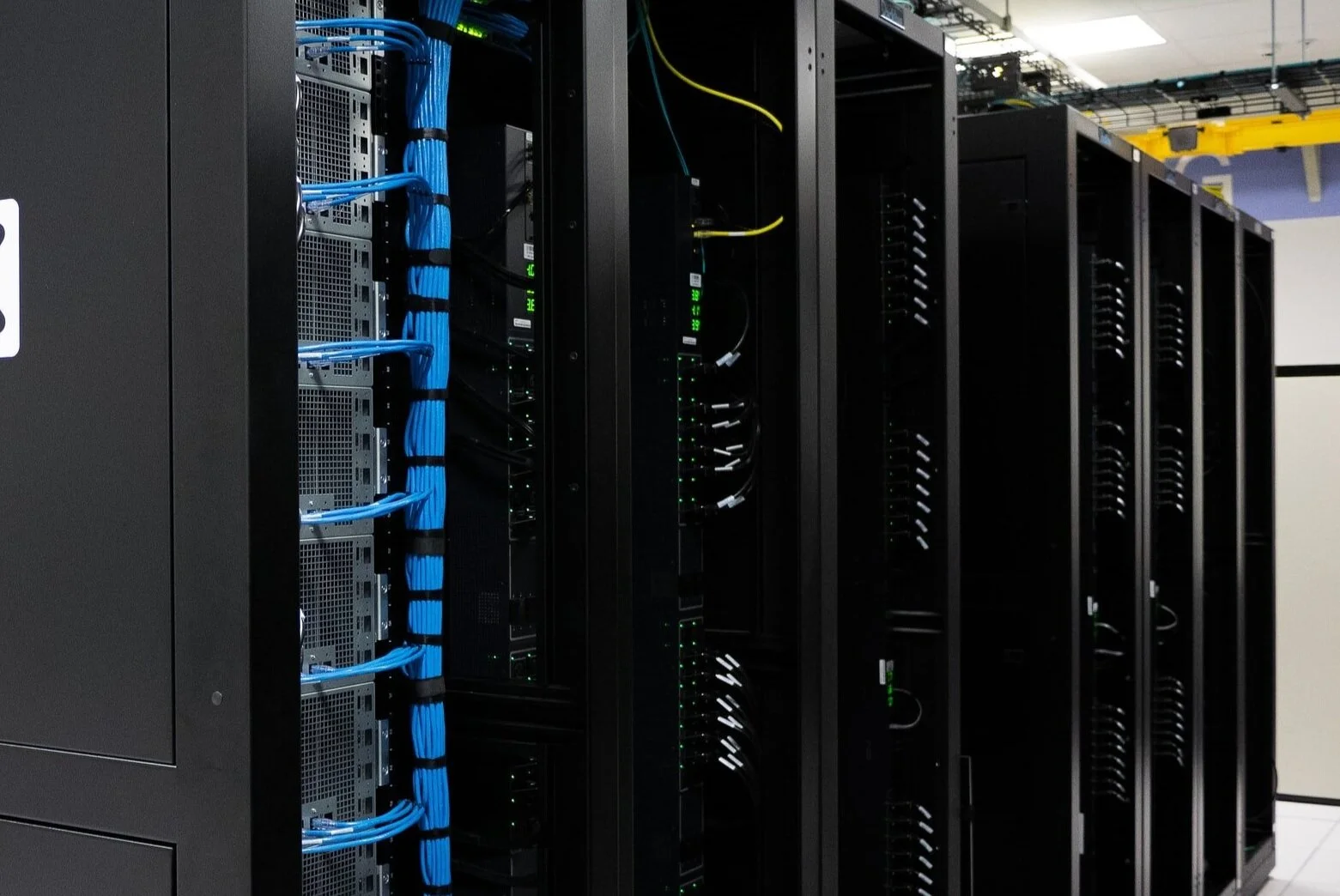Article was originally published on the Casper Star Tribune on February 28, 2021.
Defeating House Bill 88, which would have eliminated the tax preferences to data centers is not enough if we want our piece of this growing industry. To get our fair share of the $20 billion spent annually in construction of new centers (creating high paying jobs that use many of the skills found in our mining sector), we need to embrace renewable energy.
A data center is an enormous building filled with routers and switches, controllers and firewalls. They are the factories of tomorrow, and are mostly owned by enormous and wealthy companies — which is why I understand the frustration felt by backers of House Bill 88 who question why Microsoft can skip paying Wyoming taxes, while the owner of the gun shop or lumber yard pay theirs? Nonetheless, other states are offering these same tax breaks. Which means that if we want to get into the game, we have to pay the ante.
However, competing on tax abatement alone is not enough to wrest business from nearby states like Utah and Nevada, which have over ten times the number of data centers as Wyoming and are closer to metropolitan areas. Fortunately, our state has something owners of data centers need far more than tax abatement: massive fiber backbones, land, and if we so choose, a low carbon footprint.
Beside the trains that travel along I-80, and north from Cheyenne toward Sheridan, is some of the highest capacity fiber optic in the country. That’s because laying fiber was easy to come by along railroad rights of way. As for land, we have a lot, and it is flat and easy to access for construction, and is not expensive when compared to many other parts of the country.
Which brings us to electricity and temperature. Data centers use massive amounts of electricity to power their operations and cool down the building. The largest ones require over 100 megawatts, which is more than what is necessary to power the entire city of Cheyenne. In fact, if the IT sector were a country, it would be the third largest user of electricity in the world, behind China and the United States. That also means that all the companies like Facebook and Google, collectively contribute as much CO2 emission as the entire airline industry.
Which is why Microsoft, Apple, Amazon, AT&T, Netflix, and many similar companies have pledged to be carbon neutral by 2030; but that’s tough when you’re consuming more energy than entire cities. And their problem is getting worse. Because of population growth and our insatiable appetite for steaming video, data centers are projected to grow from 2% of global electricity use, to a whopping 7%.
Wyoming, which has the best coal reserves in the country, also has the country’s best wind for electrical generation. As well, especially in our southwest corner, we have considerable solar capacity. In parallel, we have the fourth lowest average temperature in the lower 48, which means less energy required to cool the building. We are in a perfect position to offer builders of data centers a low carbon footprint along with land and fiber; something few other states can match.
But we’re losing the race to states with far less to offer — states like Nevada, Utah, and Arizona because of our internal struggle over renewables. If we want our share of this enormous market, and to find jobs for our out-of-work coal miners and rail workers, Governor Mark Gordon and his economic development team should fast track our wind and solar generating capacity with the same enthusiasm we once developed our coal mines. We know by now that more wind and solar generation along I-80 won’t have any impact on what happens nationally with coal production.
Then we should market the heck out of our state, making it clear to companies like Apple and Amazon that if they want something more than a tax break, if they want land, fiber, and a low carbon footprint…there is no better state than Wyoming!
